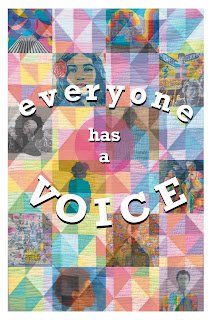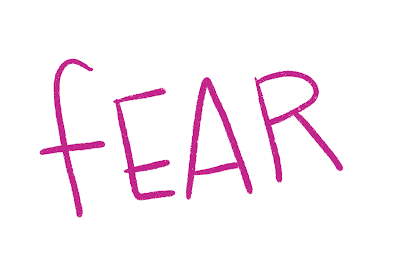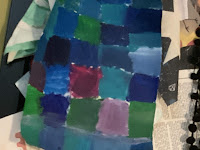TO BRING YOU THE NEW-S

Theoretically, one ought to have something to SAY. I am going to make a newsletter. Here is a basic outline to get me started. 1. Who is my audience? Students. My audience will be primarily students and geared toward them. I will, however, be keeping in mind that other faculty members as well as administration will likely see/review/read the newsletter. Parents too, maybe. So I'll be keeping it trés profesh. 2. What is my message? There will be some review of what we've done so far this year in school and things to look forward to. Also some artist features (student and contemporary working artists) and perhaps a little bit about the teacher. Perhaps. I watched/read the following tutorials on Adobe Help Center to gather some seeds of information: Creating a newsletter- ⌘D = "drop in". V useful. Also some bits and bobs about auto flow and semi-auto flow when dropping in large quantities of text. Furthermore, by way of observation, it seems like a pretty...



